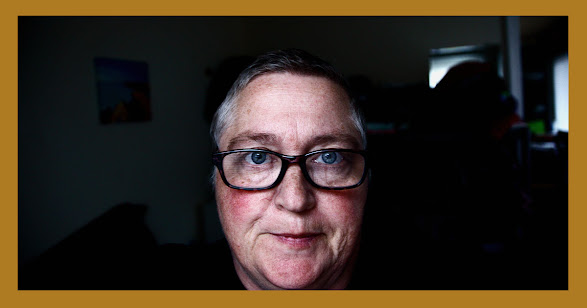Age Spots: Causes, Treatment, and Prevention
Age spots, also known as liver spots or solar lentigines, are small, flat, brown or black spots that often appear on the skin as a person gets older. They are caused by an excess of melanin, the pigment that gives color to the skin, hair, and eyes. Age spots are not harmful to overall health, but some people may find them cosmetically undesirable and seek treatment to lighten or remove them.
Age spots are more common in people with lighter skin tones, and are often a result of sun exposure. They tend to appear on areas of the skin that have been exposed to the sun, such as the face, hands, and arms, and are often more noticeable during the summer months.
Age spots are not a sign of a medical condition, and do not require treatment. However, some people may choose to use topical creams or other treatments to lighten or remove them. These may include:
• Hydroquinone: This is a common ingredient in topical creams that is used to lighten the skin and reduce the appearance of age spots. It works by inhibiting the production of melanin.
• Kojic acid: This is a natural compound that is found in certain fungi and plants. It is often used in skin lightening products to help reduce the appearance of age spots and other hyperpigmentation.
• Retinoids: These are a class of medications that are derived from vitamin A. They are often used to improve the appearance of the skin and reduce the appearance of age spots.
• Chemical peels: Chemical peels use a solution to remove the top layers of skin, revealing new, unblemished skin underneath. They can be helpful in improving the appearance of age spots and other hyperpigmentation.
• Laser therapy: Laser therapy uses intense beams of light to target and destroy the cells that produce pigment in the skin. It can be effective in treating age spots, but may require multiple treatments and is often expensive.
It is important to note that these treatments may not be suitable for everyone, and can cause side effects such as skin irritation and dryness. It is important to speak with a dermatologist or other healthcare provider before using any skin lightening products or undergoing treatment for age spots.
In addition to treatment, there are also steps that people can take to protect their skin from further sun damage and prevent the development of new age spots. These may include:
• Using a broad-spectrum sunscreen with an SPF of 30 or higher: It is important to use a sunscreen that protects against both UVA and UVB radiation to help prevent age spots and other skin damage.
• Seeking shade when the sun is strongest: The sun's rays are strongest between the hours of 10 a.m. and 4 p.m., so it is important to seek shade during these times to protect the skin.
• Wearing protective clothing: Wearing a hat, long sleeves, and pants can help to protect the skin from the sun's harmful rays.
• Avoiding tanning beds: Tanning beds emit UV radiation that can damage the skin and increase the risk of skin cancer.
Age spots are a common and harmless skin condition, but some people may choose to seek treatment to lighten or remove them. It is important to speak with a healthcare provider before using any skin lightening products or undergoing treatment, and to take steps to protect the skin from further sun damage. With proper prevention and care, it is possible to maintain healthy, radiant skin.







0 Comments